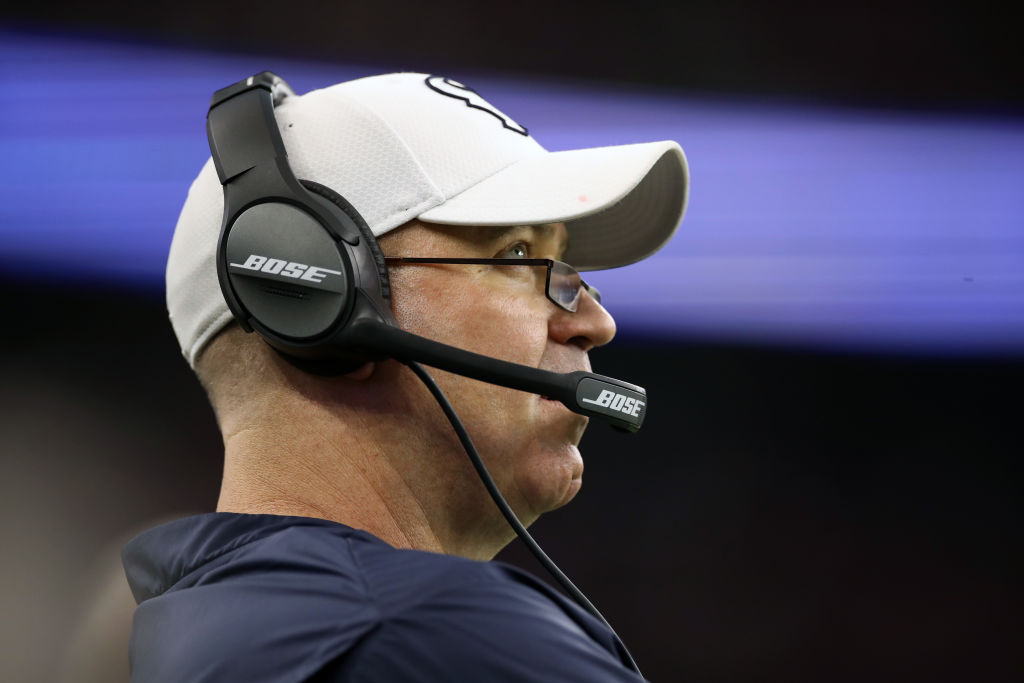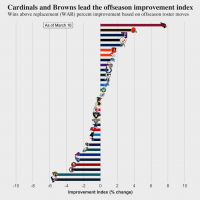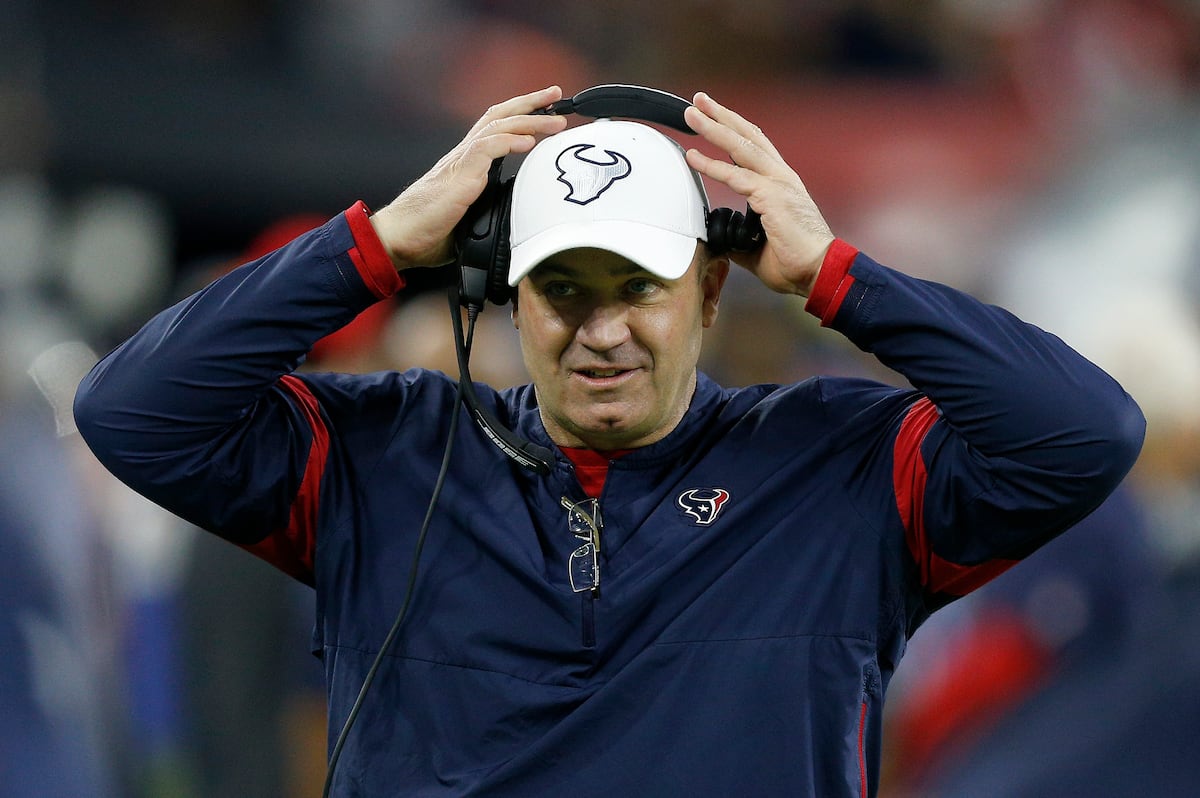3 — Your head coach is going to ask David Johnson to run zone and he’s going to be shocked when it doesn’t work
David Johnson, in 2019, ran the ball in a zone-blocking look 44 times and averaged 3.8 yards per carry. Only four of those carries gained more than 10 yards, and none of them gained more than 20. In 2018, on zone blocking looks, he averaged 3.9 yards per carry on 156 attempts. A main reason behind his success in 2016 was that Bruce Arians put him in a situation to succeed: He ran a lot of gap plays. To put that in comparison with Carlos Hyde — Hyde averaged 4.4 yards per zone run in 2019. (All numbers from Sports Info Solutions.)
Even if we were to completely isolate away the part of this trade where DeAndre Hopkins got dealt for nothing, you can only buy low on a player if he fits your scheme. Bill O’Brien’s high-zone run game is a poor fit for what David Johnson does best. I would be sitting here criticizing this move even if Hopkins hadn’t been part of the deal and the Texans absorbed his cap space for a fourth-round pick.
Johnson is also going to be 29 in December — last legs days for a running back. He’s an excellent receiver, but that’s just duplicating the ability of Duke Johnson, who was a) already on the roster and b) they traded a third-round draft pick for last offseason.
So this part of the trade demonstrates a clear lack of understanding of how the NFL works on multiple levels: old running backs are often not worthwhile, big contracts for older running backs are bad, and an inability to understand why Carlos Hyde was valuable for the Texans last season. Make no mistake that the reported two-year, $10 million offer Hyde turned down will probably be the best offer he has in about two months. Instead of understanding that and letting Hyde go out there and price himself on his own, the general manager is taking a major gamble on a player that was a healthy scratch on the Arizona roster at times last season and who has never shown he can do what the head coach wants his backs to do.










